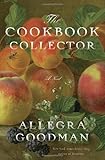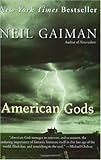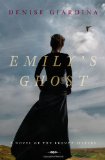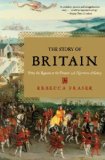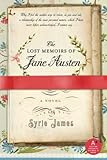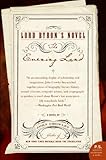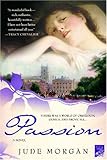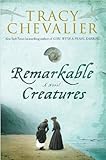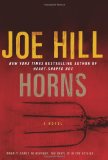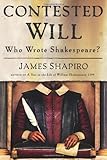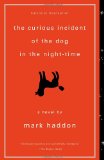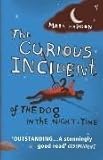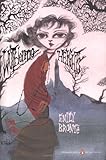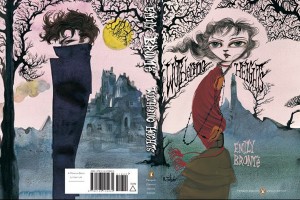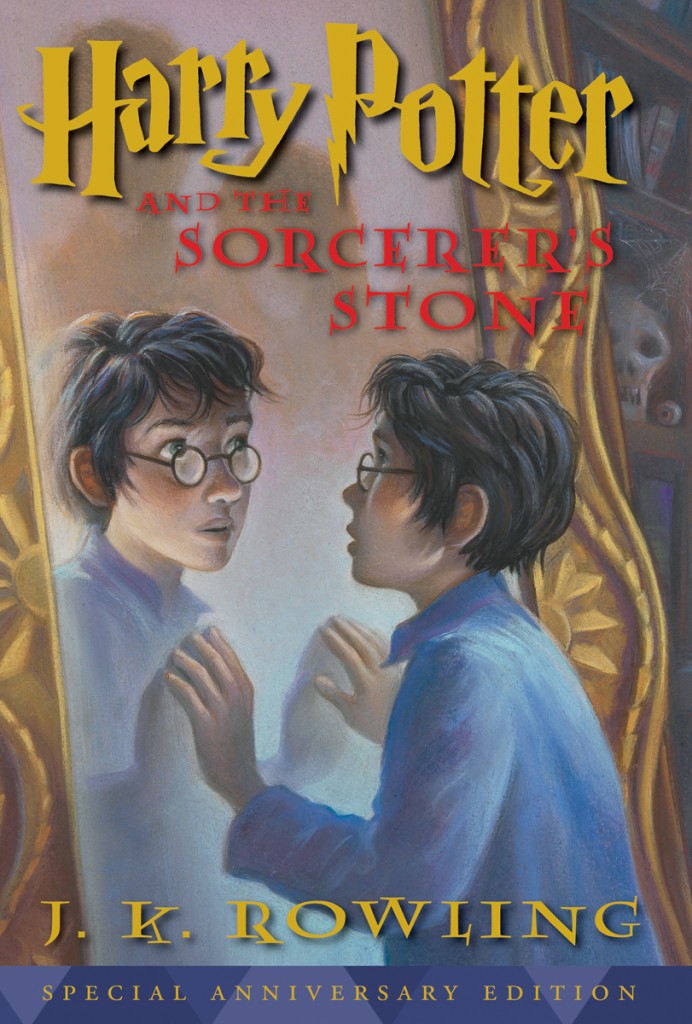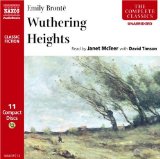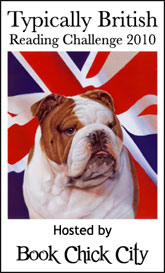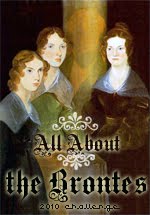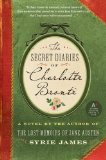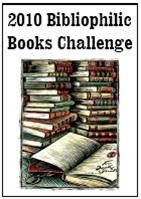Finn is a little dark. I had to put it down for a bit because I wasn’t feeling up to a Faulknerian jaunt through Twain’s territory. I am still making my way through The Story of Britain by Rebecca Fraser—I am now at about 1880. I don’t want to pick up another nonfiction book until I finish it. I’m listening to the audio version of Carlos Ruiz Zafón’s The Shadow of the Wind on my commutes and car rides. Wow! What a book lover’s book! But I need to pick up some fiction for reading at home. Since I can’t decide, I’m asking for your help to make up my mind. Here are my options. If you think one sounds really good (or know it’s really good) and I should read it now, please vote for it.
Elizabeth Gaskell’s North and South examines the tensions between the industrial North of England and the more aristrocratic South. The novel centers around Margaret Hale, whose non-conformist minister father moves the family from the South to the North. I became interested in the book after my online buddy Clix shared this clip from the miniseries with me:
That looks pretty good, doesn’t it? I mean if you’re a fan of the Brontës and Austen.
Allegra Goodman’s The Cookbook Collector could be read as part of the Sense and Sensibility Bicentenary Challenge, as it’s a modern retelling of Sense and Sensibility (of a sort). It makes me nervous that it’s sitting on only three stars at Amazon after 112 reviews; they are not as notoriously cautious in their gifting of stars as Goodreads, where it actually has a slightly higher rating of 3.23 stars. On paper, it looks to be right up my alley, as it explores the lives of sisters Emily Bach, the CEO of a trendy dot-com startup, and sister Jess, an environmental activist and philosophy grad student who works in an antiquarian bookstore.
Sheila Kohler’s Becoming Jane Eyre is the story of the Brontë family, as endlessly fascinating as their writing. It is 1846, and the Brontës’ mother Maria Branwell Brontë has died, as have the oldest daughters Maria and Elizabeth. The family’s son, Branwell, dissolves into dissipation and drink. The sisters begin writing their novels. Of course, Charlotte and Jane Eyre are the focus.
Neil Gaiman himself describes American Gods as a polarizing book. In his experience, readers tend to love it or hate it. A bookstore employee told me once that he felt it was Gaiman’s masterpiece. The novel centers around Shadow, released from prison on the death of his wife, who meets the mysterious Mr. Wednesday, from whom he discovers that the old Norse gods walk America. It’s been on my shelf a while and would be perfect for the Once Upon a Time Challenge.
Dexter Palmer’s steampunk novel The Dream of Perpetual Motion re-imagines Shakespeare’s play The Tempest in a dirigible called The Chrysalis, which is powered by a “perpetual motion machine.” Told by Harold Winslow, imprisoned on the Chrysalis, recounts the story of Prospero Taligent: his amazing inventions, his virtual island, and his daughter Miranda. This one would also be great for the Once Upon a Time challenge, and I hear it’s an excellent introduction to steampunk for fans of literary fiction who aren’t sure they’d like steampunk. I could pair it with The Tempest for the Shakespeare Reading Challenge.
So what do you think?
Which book should I read next?
- American Gods, by Neil Gaiman (45%, 5 Votes)
- The Dream of Perpetual Motion, by Dexter Palmer (27%, 3 Votes)
- The Cookbook Collector, by Allegra Goodman (18%, 2 Votes)
- Becoming Jane Eyre, by Sheila Kohler (9%, 1 Votes)
- North and South, by Elizabeth Gaskell (0%, 0 Votes)
Total Voters: 11
Poll expires this time tomorrow.


